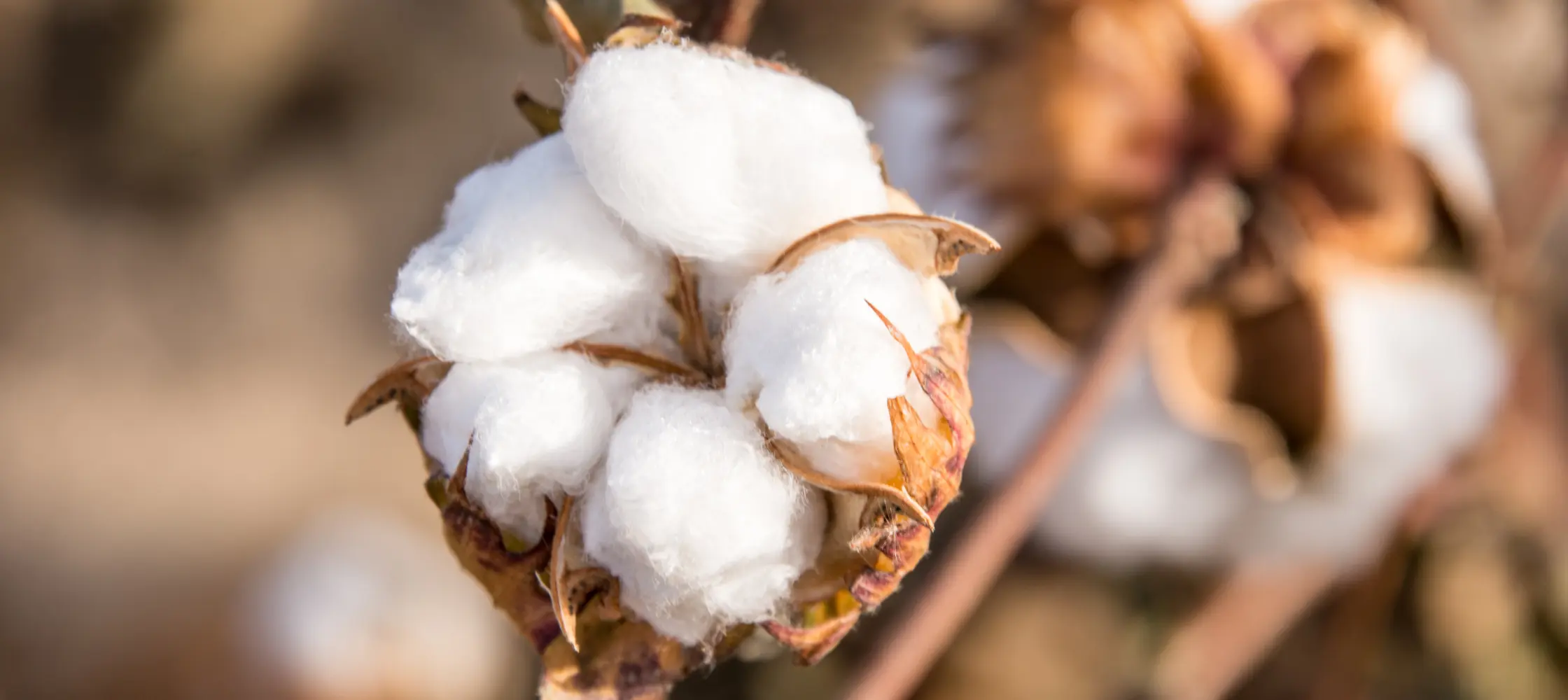
By Amandeep Kaur
and Vijay Kumar
Cotton is the second most important Kharif crop grown in the Southwestern districts of Punjab namely Fazilka, Mansa, Sri Muktsar Sahib, Sangrur, Bathinda, and Faridkot. For the last 5-6 years, the incidence of pink bollworm is being recorded on Bt cotton hybrids in Central and Southern India and now it has become a major pest of Bt cotton. During 2021, almost all major districts of the cotton belt reported the incidence of pink bollworm where incidence ranged from 0 to 90 percent. As we know pink bollworms survive only on cotton under North Indian conditions and we can easily curtail the life cycle of the pest. During the crop season (April to November), pink bollworm completes its life cycle in 30-35 days and has 4-5 generations in a year. However, during the winter season (December-March), its larvae undergo diapauses in the half-opened cotton bolls attached to the uprooted cotton sticks and in the harvested seed cotton and have a longer life span of 60-75 days as larvae.
Carryover of Pink bollworm: Carryover of this pest during winter is the most important weak link which should be targeted for its management. The old stack of the previous year's crop carrying unopened or half-opened bolls infested with pink bollworms plays a major role in the next year or the coming year's field infestation. All the seed-cotton in the ginneries, ginning waste, all trash collected during the ginning process, seed left uncrushed in the mills, and non-fumigated seed retained or sold by the ginneries are the major source of survival of pink bollworm during the off-season. The larvae in the bolls pupate and adults emerge out and cause a new infestation in the nearby cotton fields. Thus, various off-season and seasonal management strategies developed by PAU are discussed below:
Integrated Pest Management
Being monophagous in nature, pink bollworms feed only on cotton so it’s easy to manage this pest by breaking its food cycle. The following integrated pest management strategy should be adopted for its effective management.
Cultural and mechanical control
Prevention of spread from cotton ginning mills
Farmers should remain vigilant and contact Krishi Vigyan Kendras or Farm Advisory Service Centre or Regional Research Station of PAU or the Department of Agriculture and Farmers’ Welfare, Punjab if any incidence of pink bollworm on Bt cotton is observed.
*Authors are from the Department of Entomology, PAU, Ludhiana
Your email address will not be published. Required fields are marked *
29 Jan, 2024
29 Jan, 2024
29 Jan, 2024
25 Jan, 2024